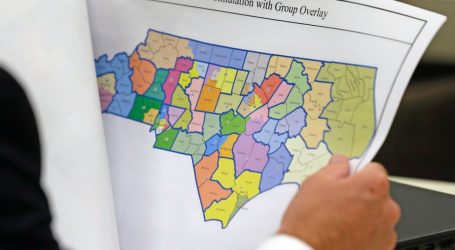Scott Pruitt Is At It Again
Looking for news you can trust?Subscribe to our free newsletters.
Back in 2016, the EPA released a health advisory for a class of chemicals called PFOA and PFOS, setting a limit in drinking water of 70 parts per trillion. Over the past decade these chemicals have mostly been phased out, but years of use had poisoned the groundwater in many areas, which now have to be cleaned up.
Then, earlier this year, the Agency for Toxic Substances and Disease Registry, a part of HHS, wrote a toxicological profile advising that drinking water limits should actually be much lower, in the range of 10-20 parts per trillion. The EPA level might be adequate for most people, they advised, but was too high for infants and breastfeeding mothers. Luckily, EPA administrator Scott Pruitt, whatever his other faults, has declared that water safety is one of his signature priorities, so EPA embraced the new limits and instructed Superfund cleanup sites to implement them immediately.
Ha ha. Just kidding. Here’s what actually happened when the White House and EPA caught wind of the new report:
“The public, media, and Congressional reaction to these numbers is going to be huge,” one unidentified White House aide said in an email forwarded on Jan. 30 by James Herz, a political appointee who oversees environmental issues at the OMB. The email added: “The impact to EPA and [the Defense Department] is going to be extremely painful. We (DoD and EPA) cannot seem to get ATSDR to realize the potential public relations nightmare this is going to be.”
….Some of the biggest liabilities reside with the Defense Department, which used foam containing the chemicals in exercises at bases across the country. In a March report to Congress, the Defense Department listed 126 facilities where tests of nearby water supplies showed the substances exceeded the current safety guidelines. A government study concluding that the chemicals are more dangerous than previously thought could dramatically increase the cost of cleanups at sites like military bases and chemical manufacturing plants, and force neighboring communities to pour money into treating their drinking water supplies.
It’s been three months since ATSDR drafted its report. It still hasn’t been published.





